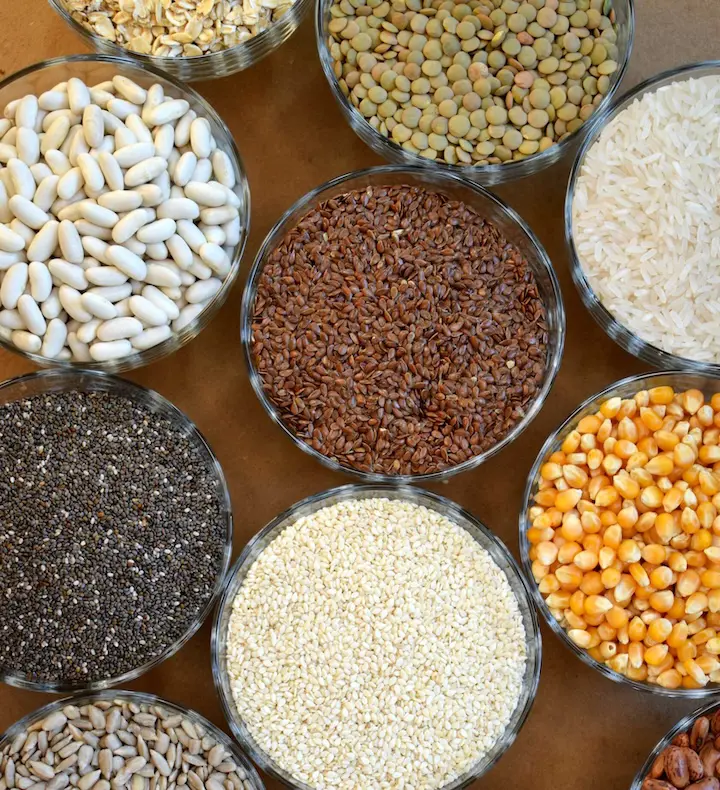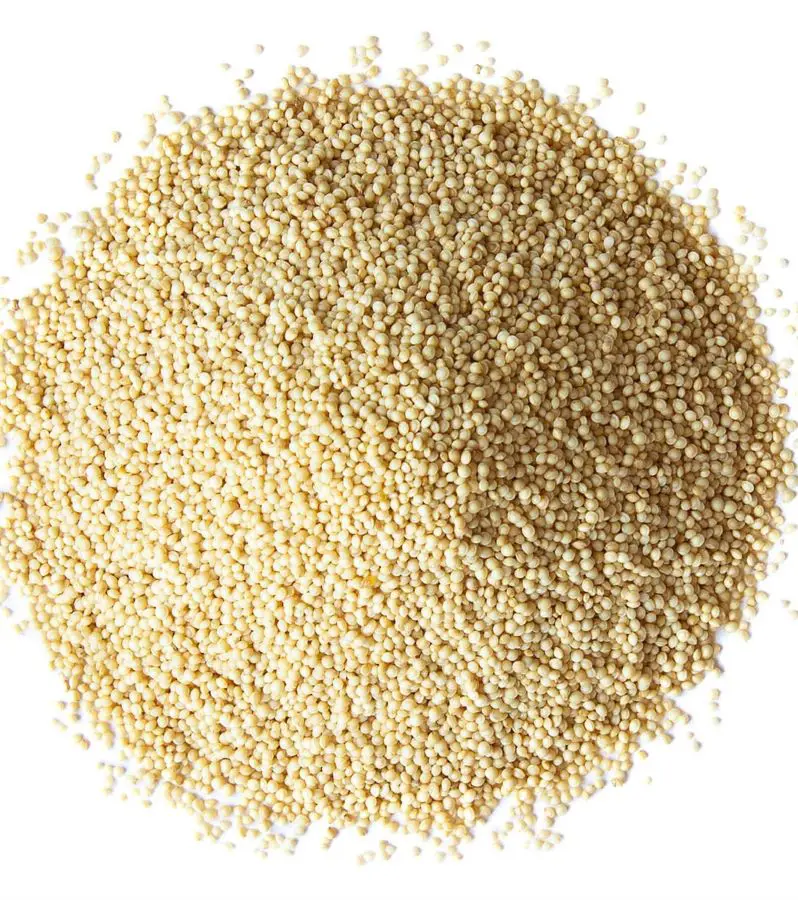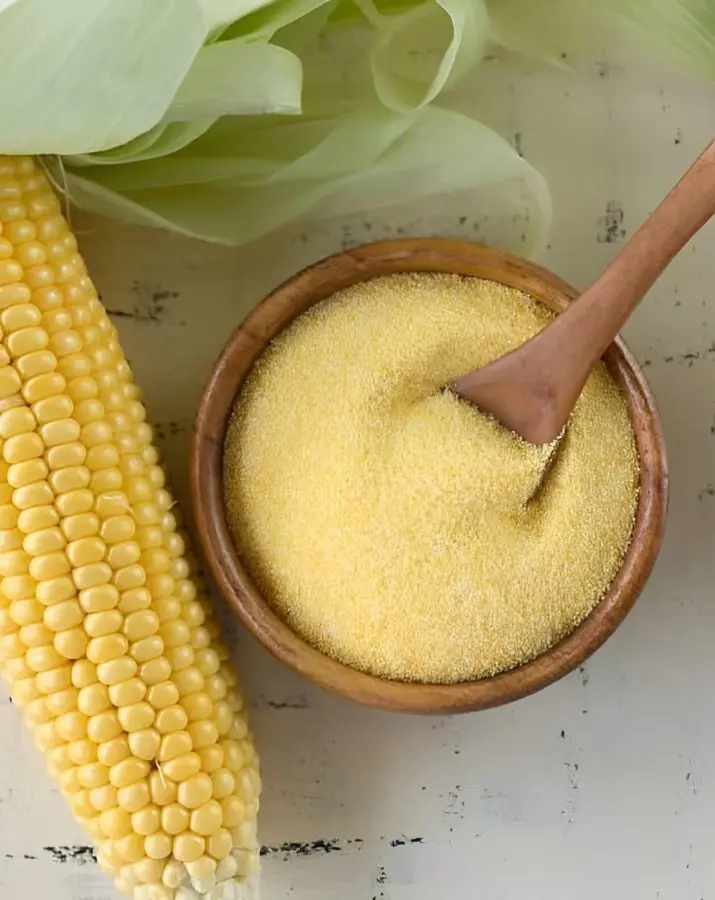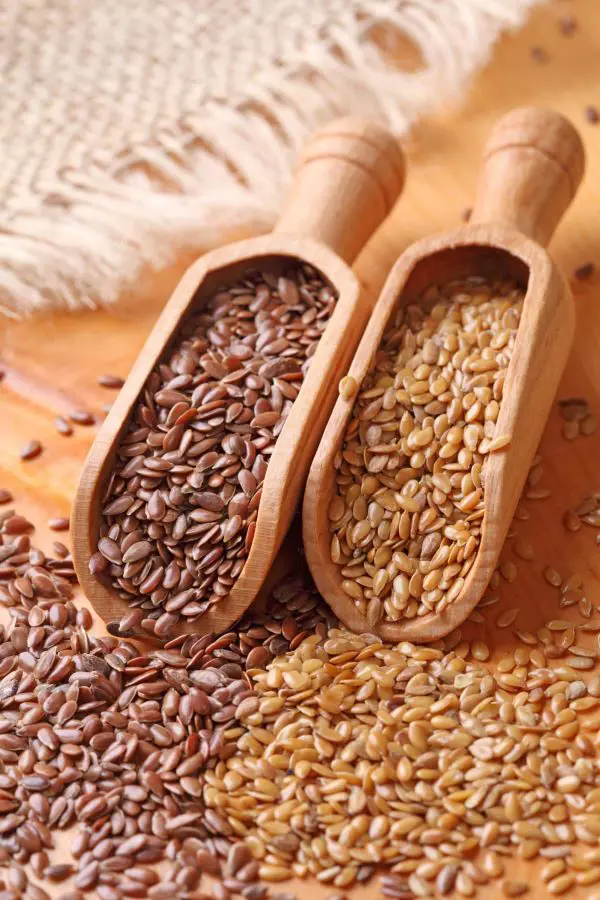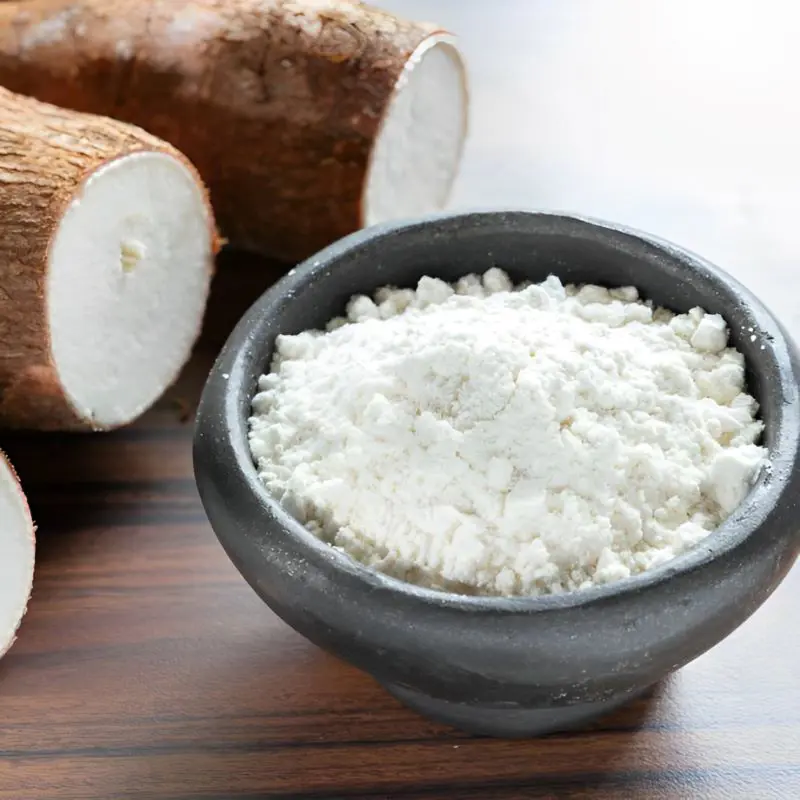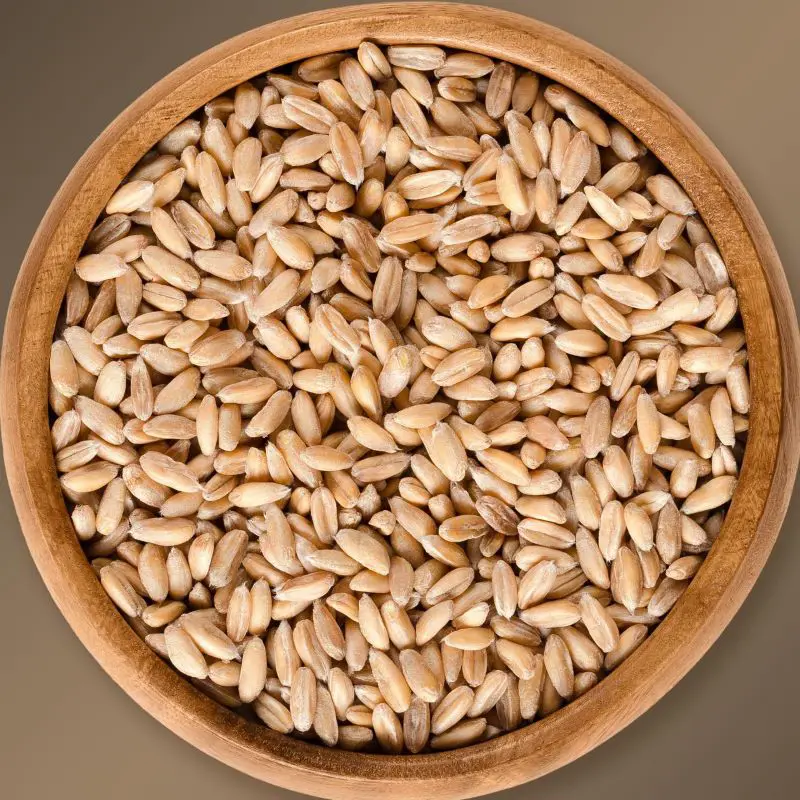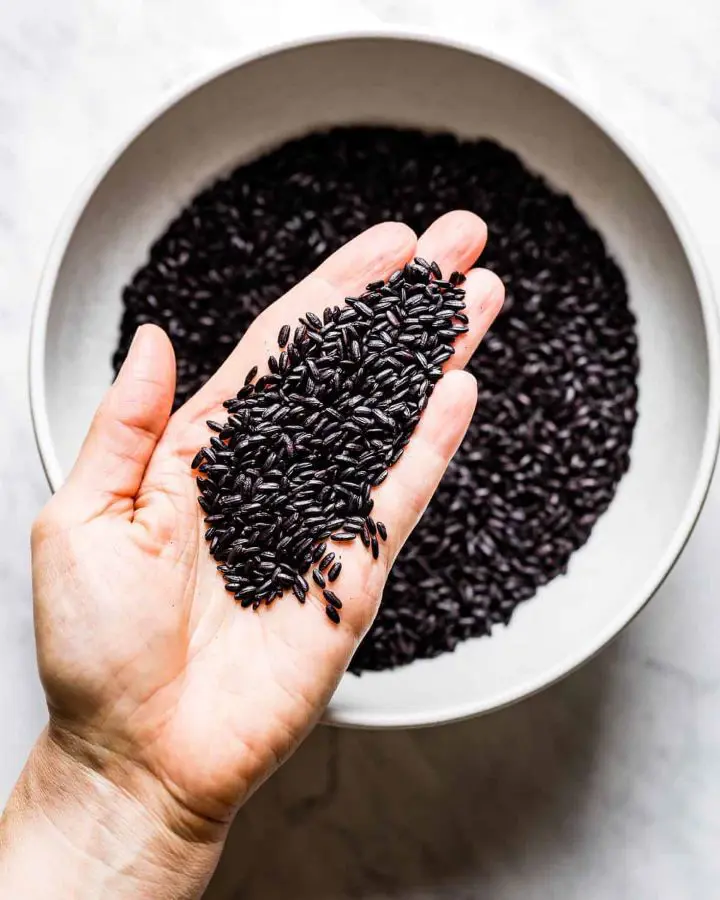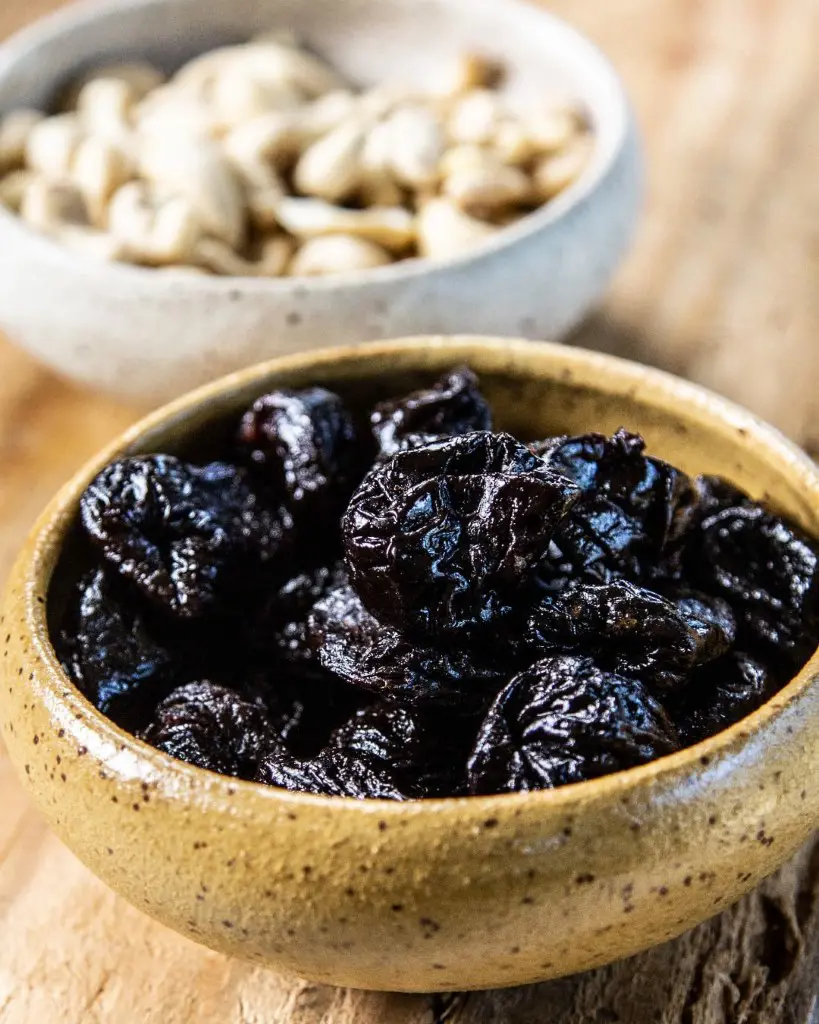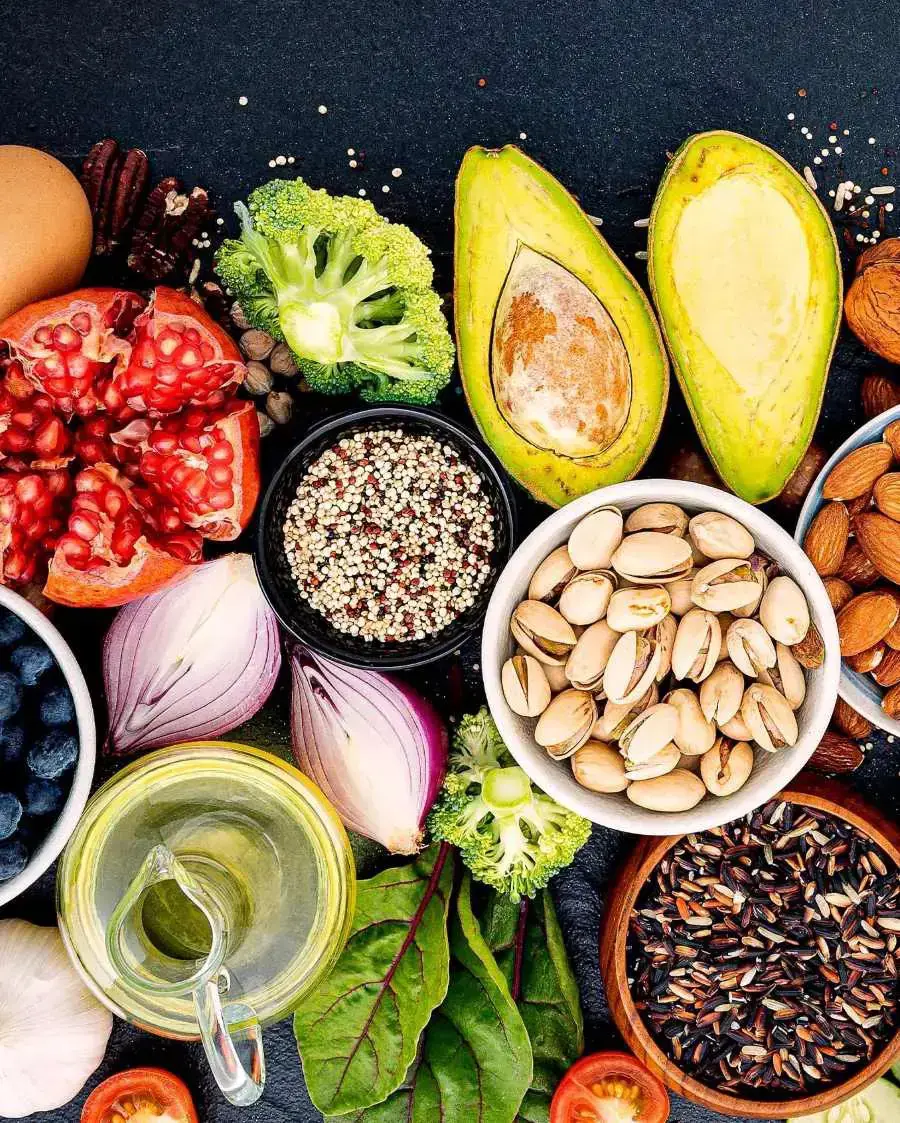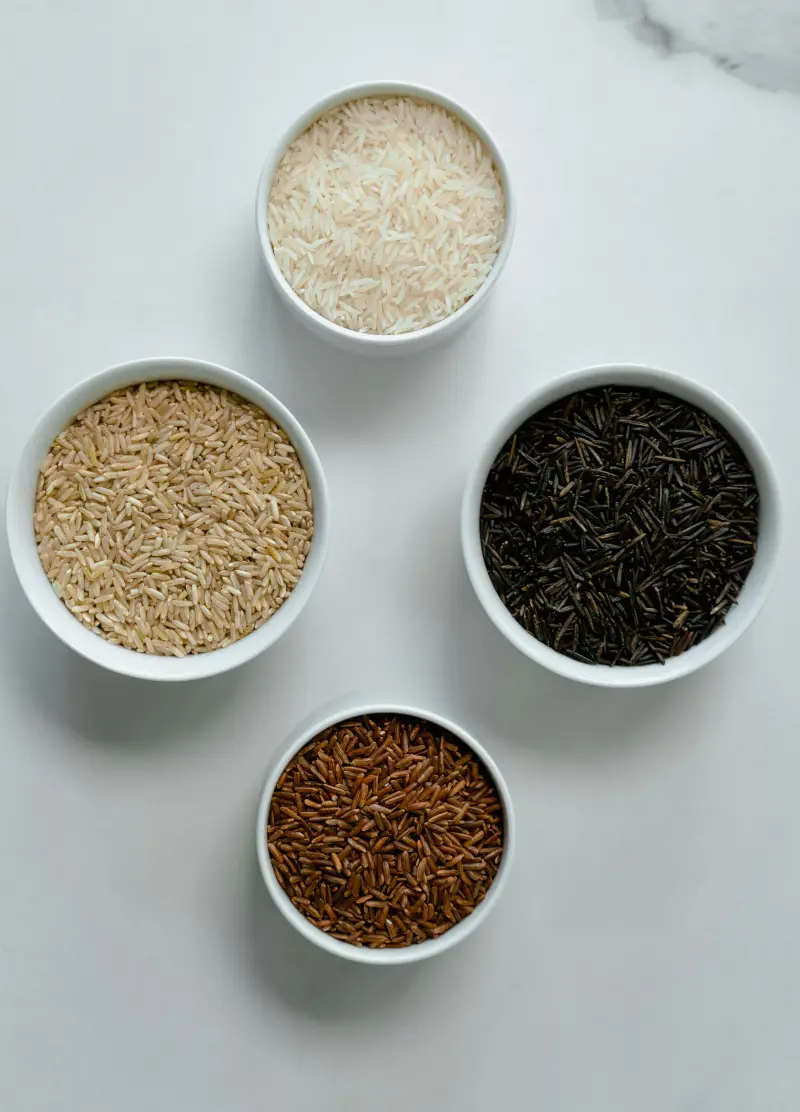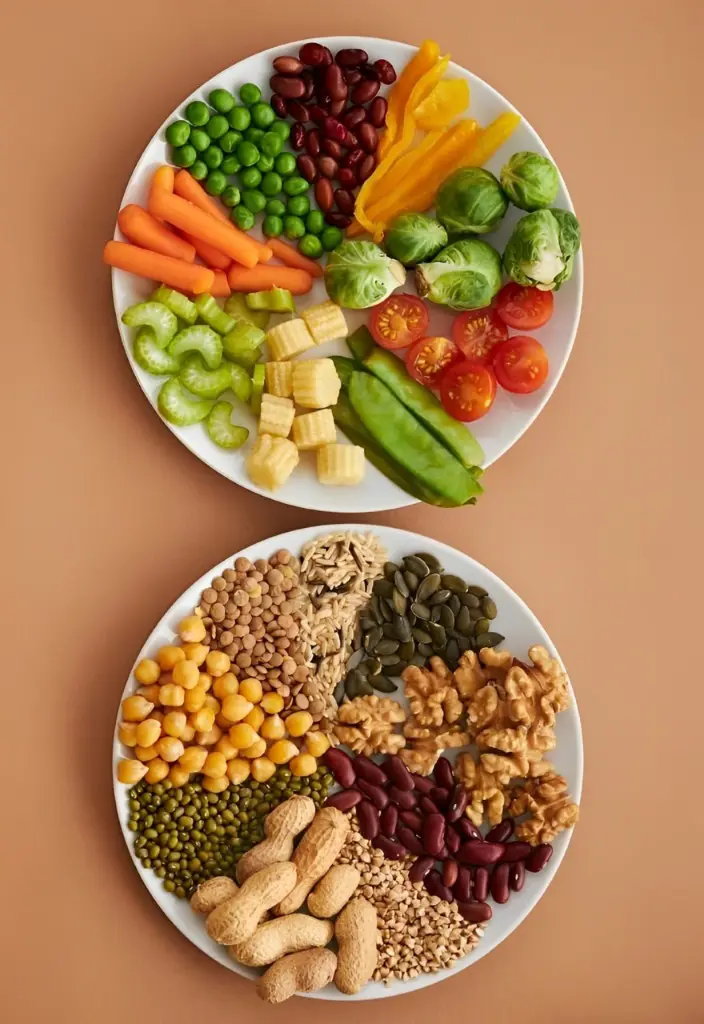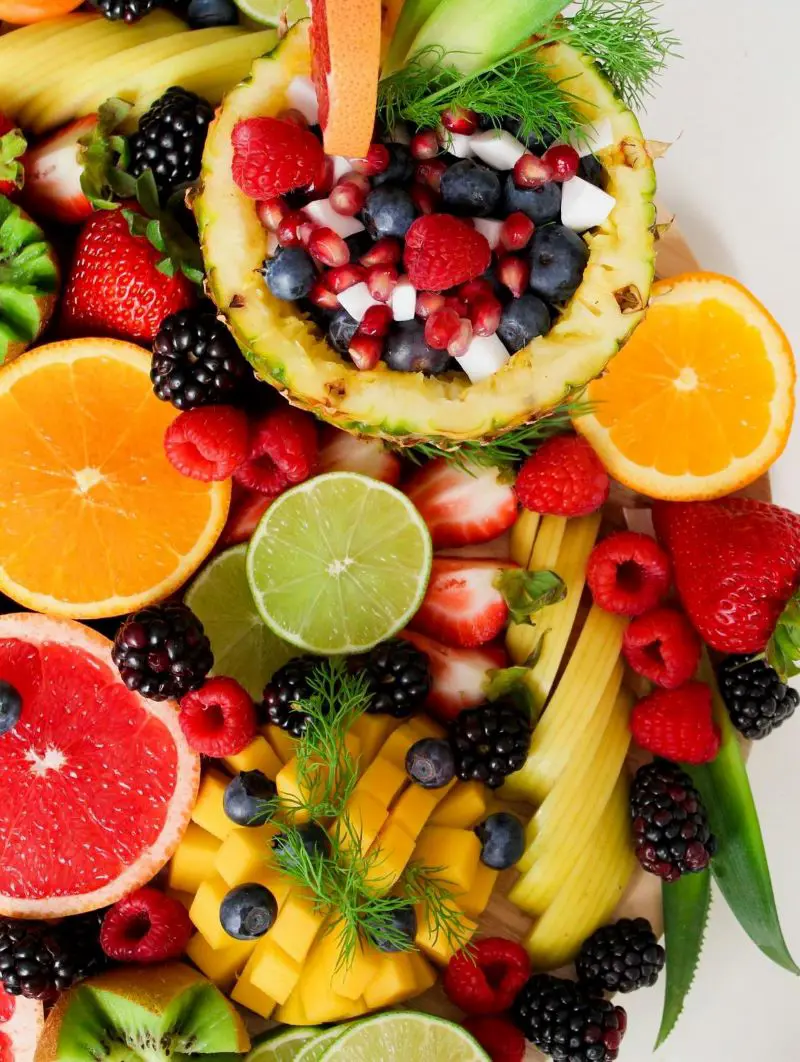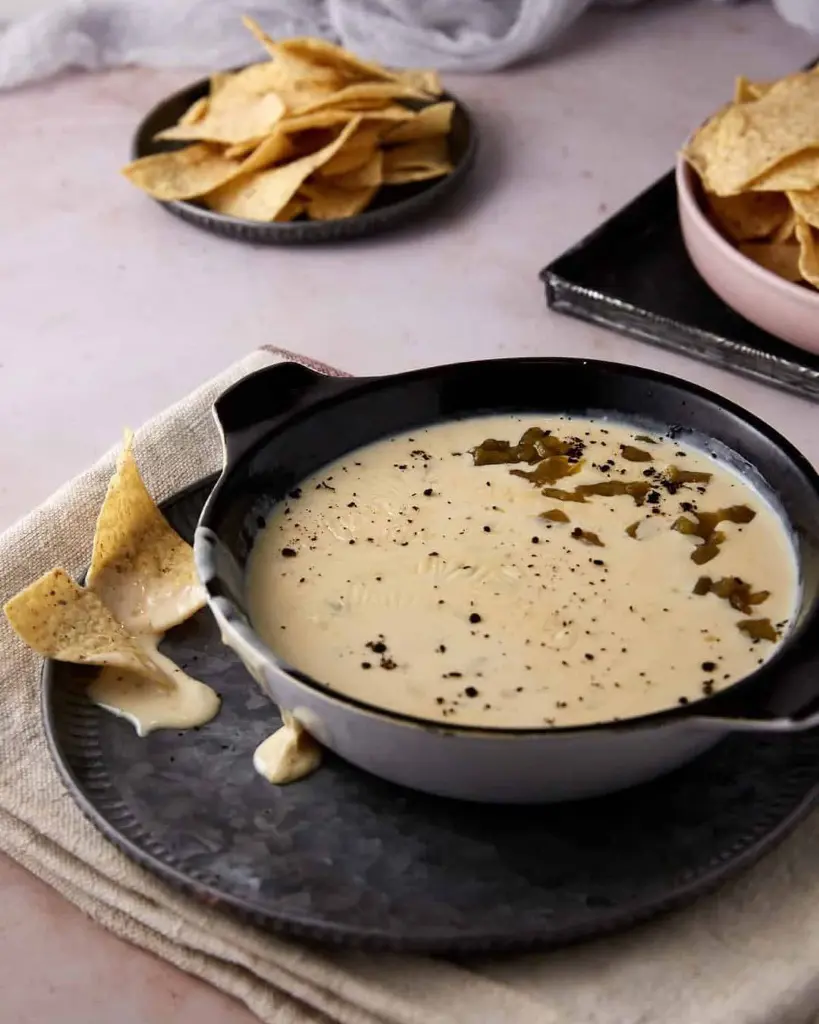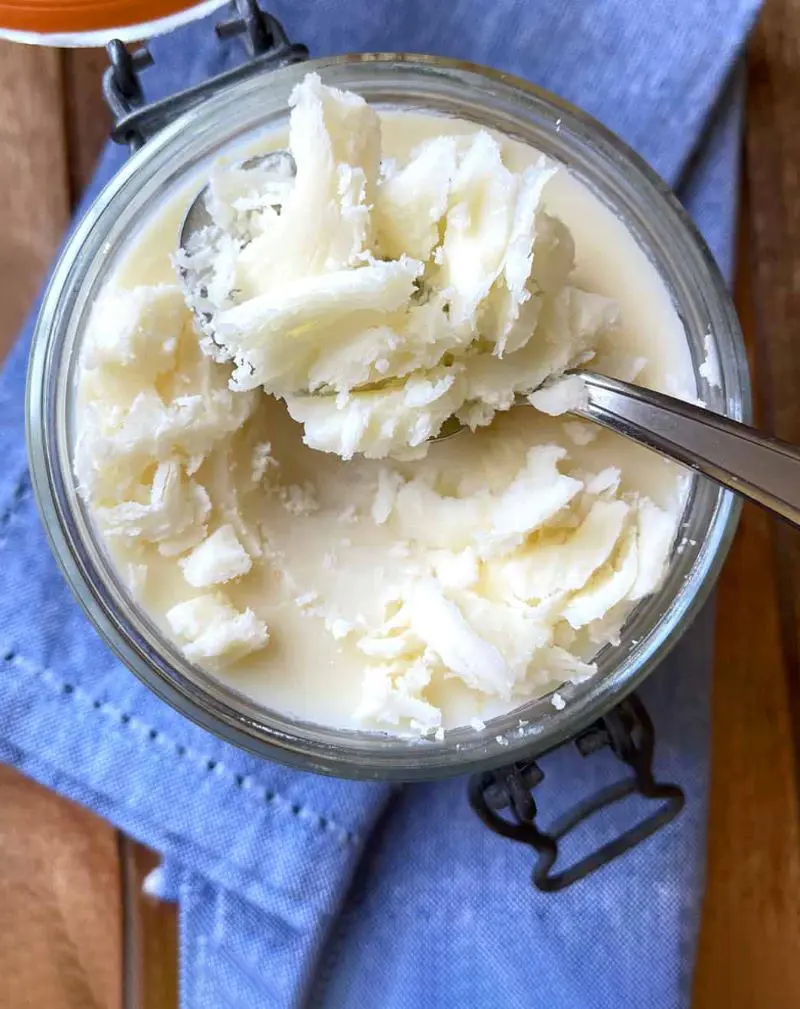1. Quinoa
Quinoa is a complete protein because it contains all nine essential amino acids, which makes it an excellent choice for vegetarians and vegans. They are also high in fiber, which supports digestive health and helps regulate blood sugar levels.
Additionally, quinoa is a good source of magnesium, iron, and antioxidants, which promote overall well-being.
Benefits
- High in protein and fiber, supporting muscle health and digestion.
- Low glycemic index, helping maintain stable blood sugar levels.
- Rich in antioxidants and anti-inflammatory compounds reducing inflammation.
- Naturally gluten-free, making it a great option for those with gluten intolerance.
